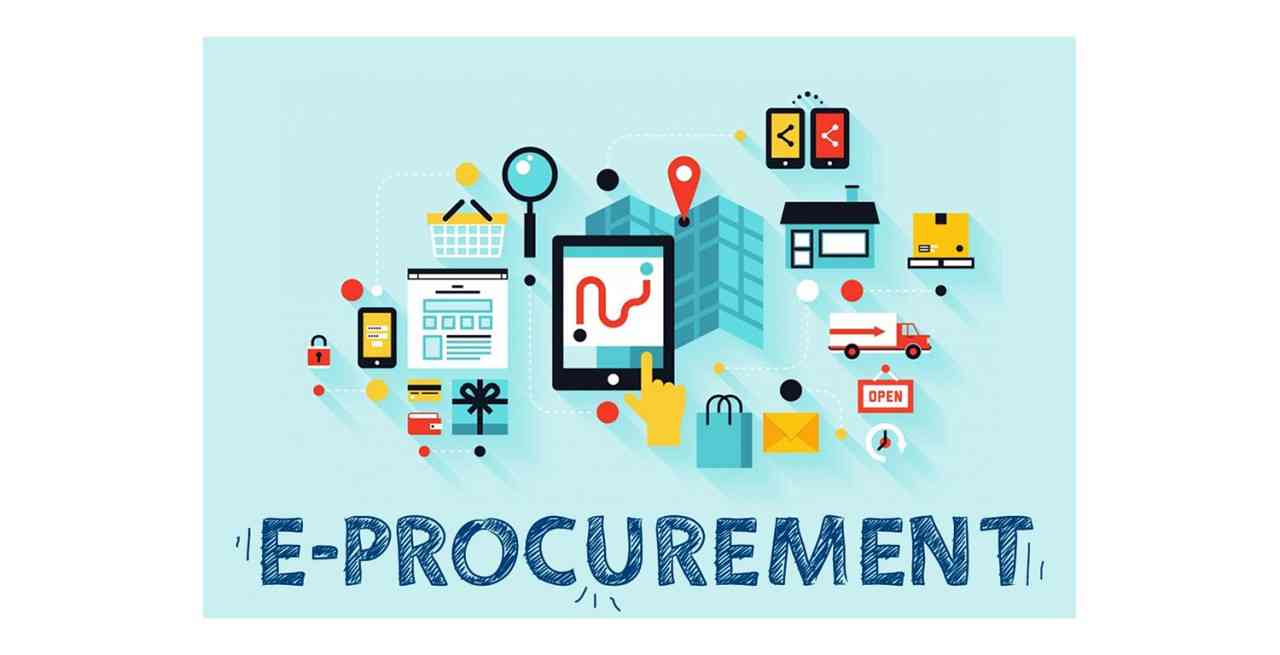
There is no doubt that the world of procurement will remain turbulent. Just by browsing the front pages of newspapers and reading headlines, it would appear the pace of business volatility continues to increase.
The bar for supply chain practitioners continues to be raised. They are required to keep pace and walk in stride with the challenges.
The current business landscape reflects complex risks, intense geopolitical tensions, economic volatility and uncertainty worldwide. We often see this volatility play out time and again. The inevitable instability is a natural feature of a broken world.
Procurement professionals without a plan to deal with a broken world that is defined by instability are superintending a business on borrowed time. Amid this noise and chaos, procurement professionals are therefore expected to zoom out and stay focused on the bigger picture, maintaining some semblance of good order.
As the world economic order continues to sway back and forth from bullish to bearish and vice versa, it is an unspoken truth that cost reduction initiatives shall continue to dominate boardroom discussions. In order to create corporate relevance, procurement professionals will need to step out of their shadows to think hard and wide on how best to craft strategies that will not only reduce costs but add value to their business organisations.
The scale of opportunities to generate significant bottom line savings while at the same time creating competitive value drivers through e-procurement are often untold stories.
The deployment of e-procurement platforms will form the basis of creating “a supply chain analytical framework that is able to integrate internal and external business data sources which happen to be critical for understanding the ever changing business trends”.
The integration of data sources will allow supply chain experts “to detect potential red flags such as supply chain disruptions, political trends, inflationary trends, product shortages, credit risk, poor quality materials, potential fraud signals, potential contractual disputes, bankruptcy and regulatory challenges.”
- Mavhunga puts DeMbare into Chibuku quarterfinals
- Bulls to charge into Zimbabwe gold stocks
- Ndiraya concerned as goals dry up
- Letters: How solar power is transforming African farms
Keep Reading
It would appear that many procurement departments remain stuck with the file cabinet approach almost always full of manual documents. Such kind of approach will make organisations continue to struggle to keep pace with realities in a business world that is progressively real time driven. It has been acknowledged over the years that the compounding cost of a manual procurement processes is steep.
Procurement departments with manual processes will continue to falter due to the continued use and reliance on old aged manual procedures, which in most cases are not flexible enough. That is where e-procurement steps in to minimise manual administrative overhead.
The ability to thrive in a world driven by speed and scale hinges on the agility and flexibility emanating from e-procurement. It is no surprise that today, the use of digital tools in procurement is regarded as second nature.
E-procurement has emerged as a beacon for organisations aiming to thrive. It must be noted that virtual e-procurement portals are web based, which favourably enables supply chain professionals to search for suppliers worldwide.
Being internet-based platforms, the system makes it practical to establish both vertical and horizontal trading supply chain communities.
This makes it easy to utilise economies of scale in procurement. The system will bring transformation of supply chain process flows where procurement professionals make use of specialised software platforms to automate and streamline requisitioning, ordering, receiving and payment of goods.
It eliminates paperwork, providing real time access to data and ensuring greater transparency and fairness to the whole procurement cycle. Procurement professionals will be in a position to track every step of the process flows in real time ensuring that bottlenecks are quickly identified and addressed on the fly.
Enhancing workflows is arguably the standout benefit of e-procurement. Such improvements lead to a domino effect of efficiency, significantly elevating the operational tempo of business organisations. E-procurement will provide what it takes to thrive in an ever evolving landscape. It will certainly provide a direct impact on business velocity.
The good thing with the adoption of a well -integrated end to end e-procurement system is that the entire process forms the bases of a best-in-class workflow system which efficiently drives each step to flow into the next step.
Supplier collaboration strategies can be easily achieved by using one shared technology platform, which supports a seamless supply chain process from sourcing all the way to payment.
Such a shared technology platform will enable supply chain professionals to place purchase orders online, with suppliers acknowledging and reviewing placed orders electronically.
E-procurement can also create competitive advantages through greater data accuracy which minimises ordering mistakes and provides the essential building blocks for better supply chain management through transparent processes. In addition, e-procurement creates more effective use of time which can be translated into financial benefit if properly managed and measured.
The wide adoption of e-procurement will also significantly reduce the probability of rework and delays associated with manual orders thus lowering order processing costs and cycle times.
The other often celebrated benefit of e-procurement is that it is always useful in the creation of a central hub for information dissemination which will enable the maintenance of spending visibility in the whole supply chain.
Nyika is a supply chain practitioner based in Harare, Zimbabwe. For views and comments, he can be contacted at [email protected]











